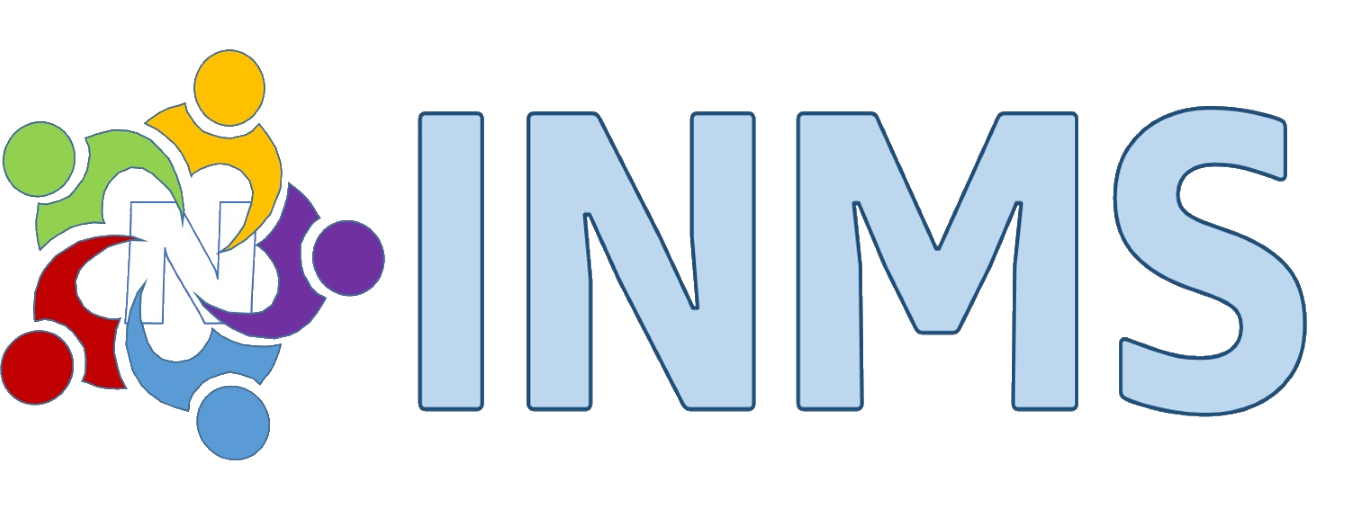The development of the present master plan entailed review of the situation regarding fisheries and aquaculture taking into account historical perspective, current management, and the different cross cutting policies. The plan is based on the analysis of the resources base, historical developments in the fisheries sector, the current operational environment framework with the country and the region. The purpose of this plan is to identify high priority options for strategic investment in fisheries and aquaculture and to lay out realistic and achievable targets. The objectives of this master plan are: (i) developing institutional capacity, (ii) building a private sector driven aquaculture and fisheries industry, (iii) creating knowledge based aquaculture and fisheries industry. In order to make agriculture, forestry and fisheries more productive and sustainable, the Plan proposes the following activities in order to develop cage culture in Rwanda: (i) creating awareness on cage culture as viable fish production system, (ii) development of sustainable capture fisheries, (iii) undertake research to produce an inventory of fish species suitable for ornamental industry, (iv) input supply for commercial aquaculture, (v) developing capacity for on-farm made feeds and training on fish handling and feeding regimes, (v) creating institutional capacity to manage and develop fisheries and aquaculture resources in Rwanda. To enable inclusive and efficient agricultural and food systems, the plan should put in place the following measures to streamline fish value addition and marketing in Rwanda: (i) the current fish market under construction by PAIGELAC should be modified to include a section for holding live fish, (ii) marketing for isambaza from Lake Kivu through basins and baskets should be banned, (iii) improve and expand market information for producers, processors and consumers related to characteristics and handling of aquaculture/fish products, (iv) support export enhancement programs and international trade missions for aquaculture products, (v) improve marketing education for producers, processors, and consumers related to characteristics and handling of aquaculture products and review national standard on quality. To increase the resilience of livelihood to disasters, the government should encourage and support programs that improve management of water resources and aquaculture wastes, increase understanding of environmental risks associated with aquaculture and foster development of environmentally sound designs and operating guidelines and protect the catchment and entire environment of lake to avoid siltation and pollution. In the context of governance, the following measures are therefore recommended by the plan for the successful of this master plan: (i) set up a master plan implementation committee with clear terms of reference, (ii) expeditiously review the draft master plan and adopt it as a government document, (iii) set up a committee to draft the follow-on projects, (iv) engage possible development partners to support follow-on projects.
Master Plan for Fisheries and Fish Farming in Rwanda
